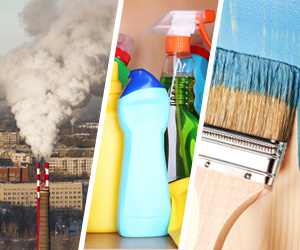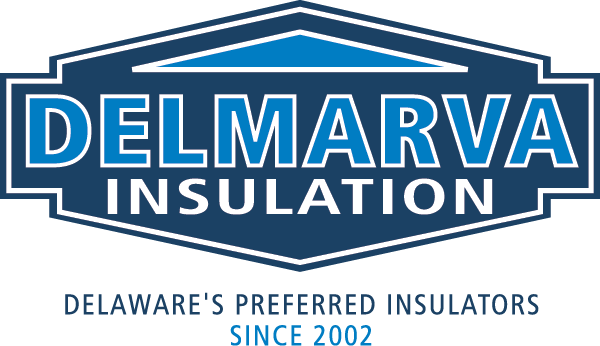
Did you know the majority of our exposure to air pollutants is from indoor air we breathe?
You may be surprised to learn that indoor air (in your home, office, etc.) can be two to five times more polluted than outdoor air. The U.S. Environmental Protection Agency (USEPA) estimates that the average person receives 72 percent of their chemical exposure at home. When considering the significant amount of time we spend indoors – in our homes, offices, and more – indoor air quality becomes even more important.
Indoor air pollutants come from different sources. Some indoor air pollutants are a byproduct of construction materials, home furnishings, products used to clean the home, and more. Other indoor air pollutants come from air infiltration that isn’t properly managed or controlled.
There are many ways to improve your home’s indoor air quality. Here are some tips:
Seal Air Leaks – Sealing air leaks helps create a controlled indoor environment. A qualified auditor or contractor can recommend a plan to air seal your home. Spray foam insulation can add r-value to your home and seal air leaks in one step.
Properly Ventilate – Once air leaks are sealed and there is a controlled indoor environment, the home can be properly ventilated. A mechanical ventilation system with good filtration can help remove polluted indoor air from the house.
Reduce Indoor Chemicals – Choose products that have low chemical emissions. This can include cleaning products, home furnishings that are added to the home, and more. This will help your home ventilation system work most effectively.
Have questions about your home’s indoor air quality? Contact our office — our team is happy to help.


